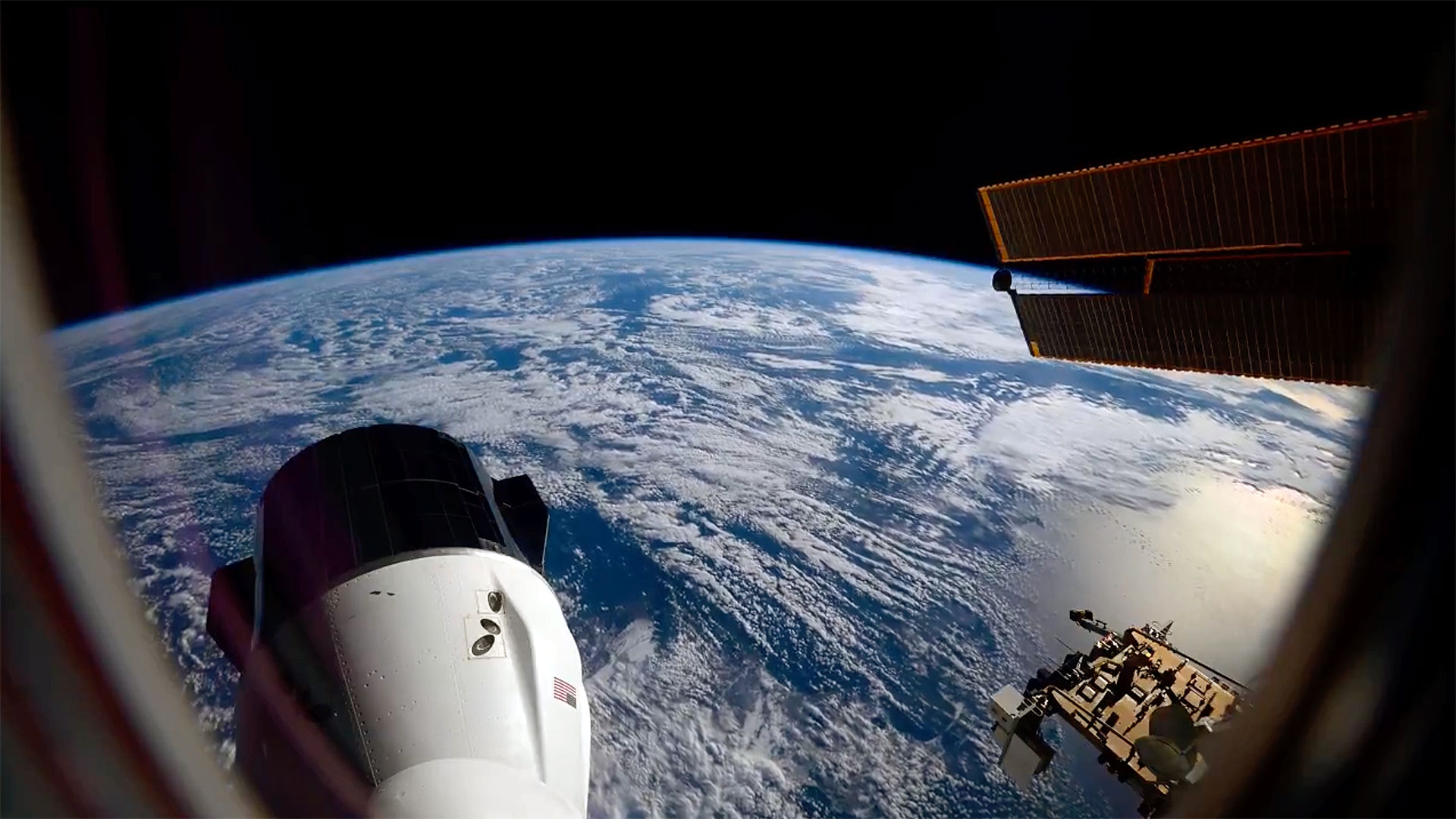Eerie Cloud Created by NASA Rocket Experiment
An eeriecloud that glowed briefly in the night sky Saturday was no UFO. It was createdby humans - more specifically a NASA rocket built to make clouds that shine atnight.
The rocketlaunched as part of an experiment to artificially create so-called noctilucent -or night-shining- clouds, the highest clouds on Earth. They naturally appear around 50 miles (80km) above Earth?s high latitudes and are also known as polar mesosphericclouds.
Saturdaynight?s rocket experiment lifted off at 7:46 p.m. EDT(2346 GMT) from NASA?s Wallops Flight Facility on Wallops Island, Va. Itcreated a brieflight show that was visible across the United States? East Coast andsparked calls from curious skywatchers as far away as Boston, according to theAssociated Press.
?Itwas very impressive ? albeit short-lived,? said Joe Rao, an instructor and guest lecturerat New York's Hayden Planetarium, who witnessed the event. Rao is also SPACE.com?sskywatching columnist.
Theexperiment created a man-made noctilucent cloud using the fourth stage of aNASA Black Brant XII suborbital sounding rocket that spewed exhaust particles173 miles (278 km) above Earth. Ground-based radar and camera stations recordedthe resulting cloud?s formation and illumination. The U.S. Naval Research Laboratoryand Department of Defense?s Space Test Program oversaw the launch, which itcalled the Charged Aerosol Release Experiment.
NASA hasobserved naturallyoccurring night-shining clouds using its AIM satellite. The Naval ResearchLaboratory and Space Test Program also uses a satellite called STPSat-1 toobserve the phenomena and also used the spacecraft to observe Saturday night?sman-made cloud.
??Weweren't exactly sure what we were going to see, as this was the very first timethat a noctilucent cloud experiment was attempted,? Rao said. ?Would it besomething obvious to the eye, or something rather faint??
Breaking space news, the latest updates on rocket launches, skywatching events and more!
?Theresult, he added, was spectacular.
Raodescribed the cloud as ?a brilliant object? that displayeda wide, fan-shaped tail shortly after it was created. But the artificialphenomenon was over in just a few minutes.
?The"head" of the comet (which was the rocket's fourth stage) rapidlyfaded out and the "tail" gradually faded over the next minute or sointo the background of the sky,? Rao said.
Scientistswill use the measurements of the artificial cloud to better understand naturalnoctilucent clouds, as well as help predict the effects of rocket engineexhaust in the upper atmosphere.
Saturdaynight?s experiment was a cooperative effort by NASA, the United States Naval ResearchLaboratory, the Defense Department?s Space Test Program and severaluniversities. But the stunning cloud it created was seen by more than just theproject?s scientists.
?I'msure many unsuspecting folks up and down the East Coast were surprised by thisvery unusual sight,? Rao said.
- Image Gallery - Sky Scenes
- Strange Clouds Spotted at the Edge of Space
- The Strangest Things in Space

Tariq is the award-winning Editor-in-Chief of Space.com and joined the team in 2001. He covers human spaceflight, as well as skywatching and entertainment. He became Space.com's Editor-in-Chief in 2019. Before joining Space.com, Tariq was a staff reporter for The Los Angeles Times covering education and city beats in La Habra, Fullerton and Huntington Beach. He's a recipient of the 2022 Harry Kolcum Award for excellence in space reporting and the 2025 Space Pioneer Award from the National Space Society. He is an Eagle Scout and Space Camp alum with journalism degrees from the USC and NYU. You can find Tariq at Space.com and as the co-host to the This Week In Space podcast on the TWiT network. To see his latest project, you can follow Tariq on Twitter @tariqjmalik.
